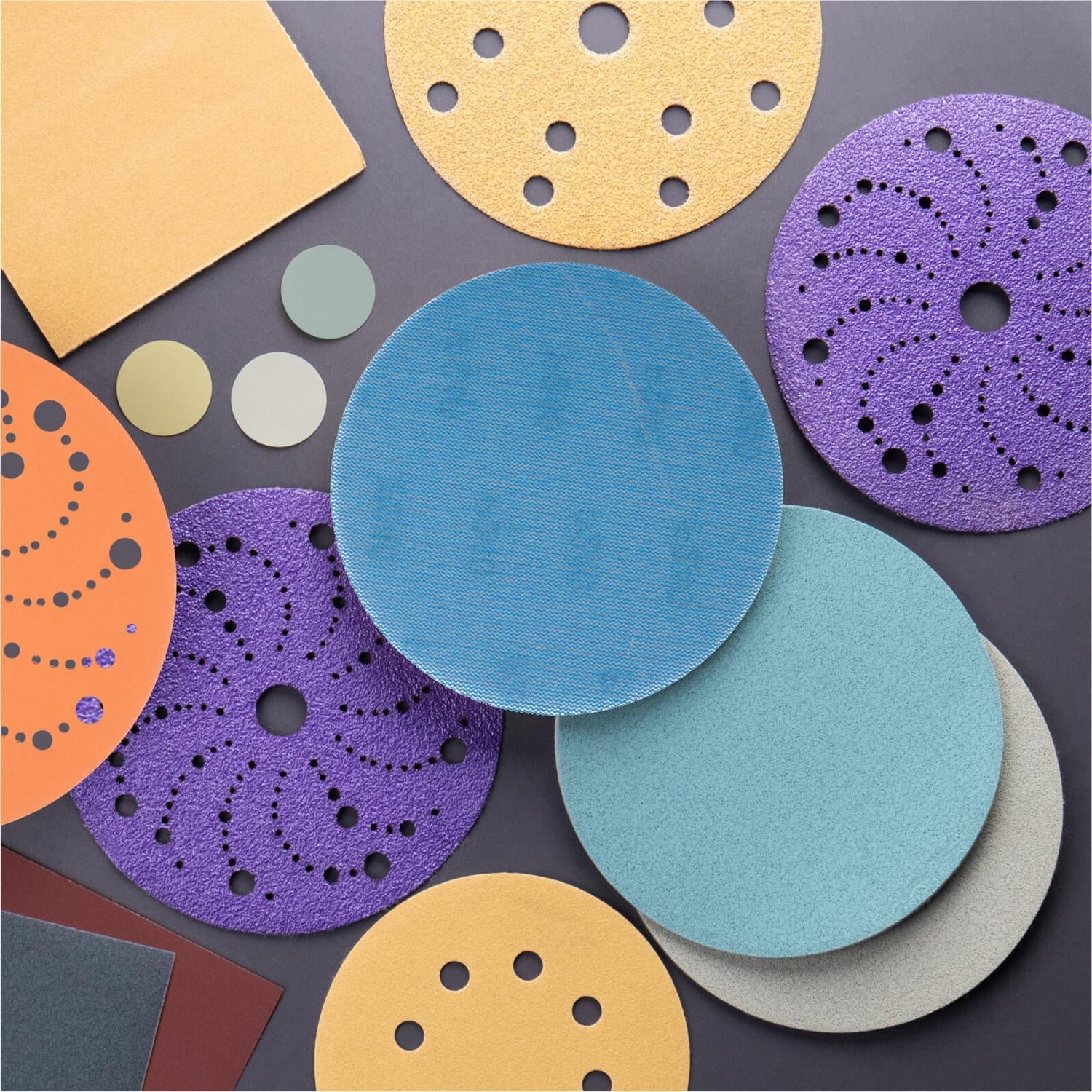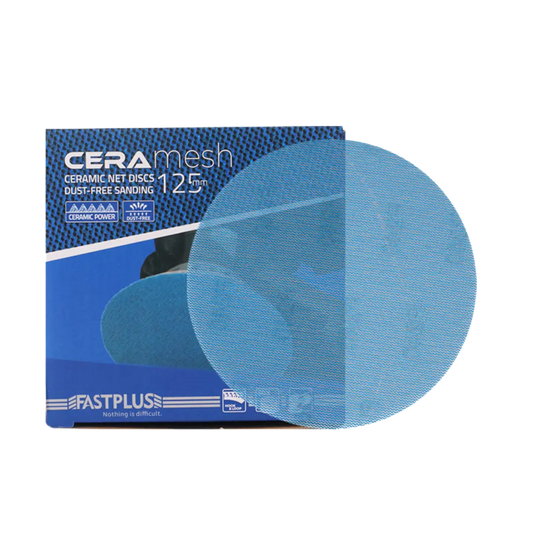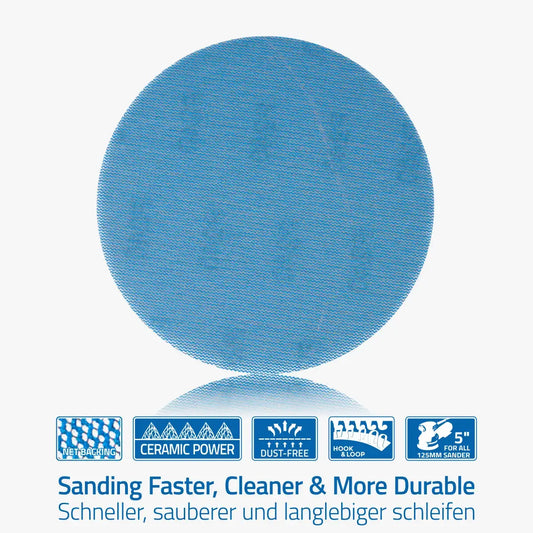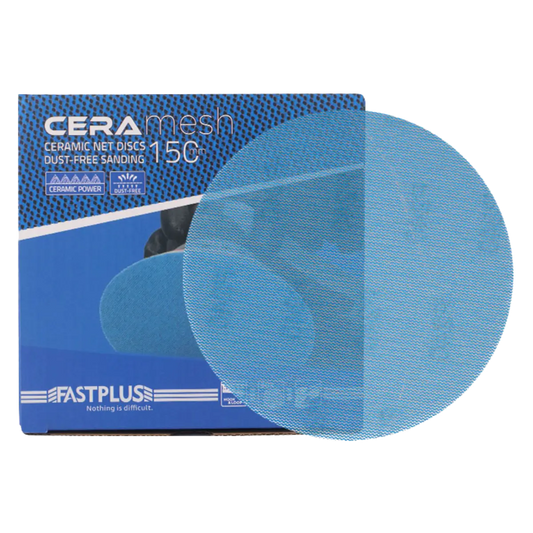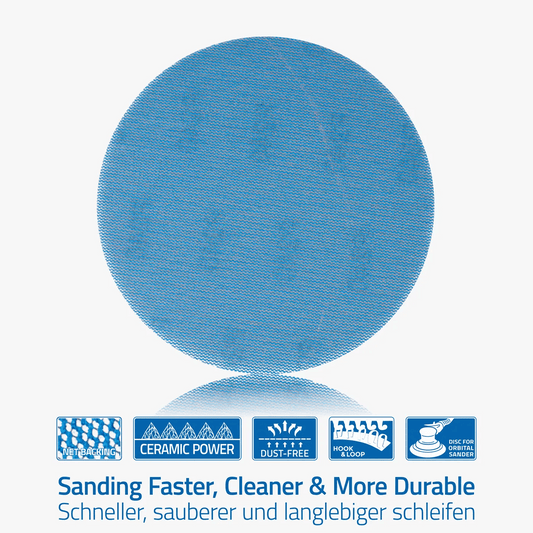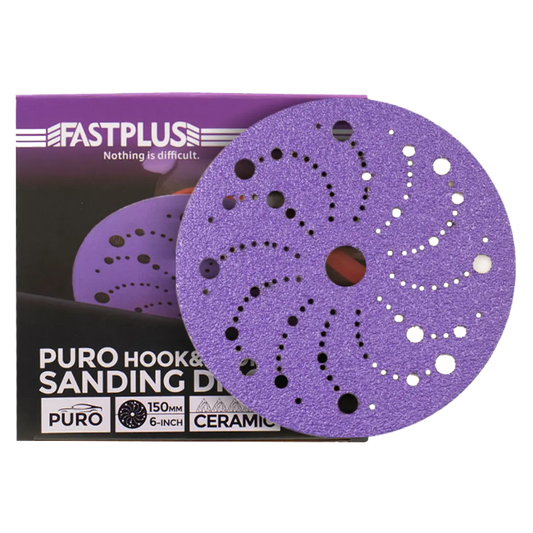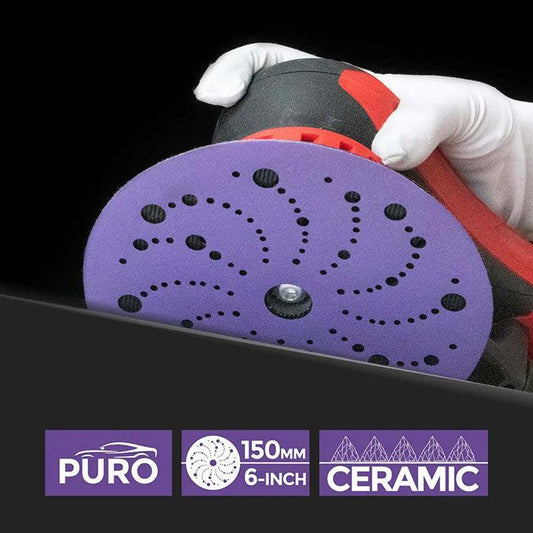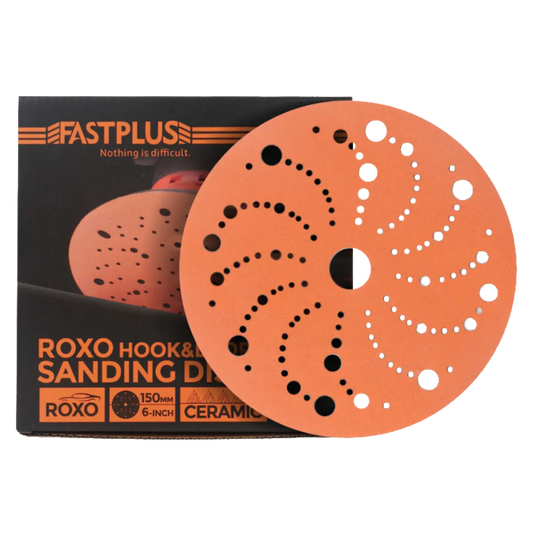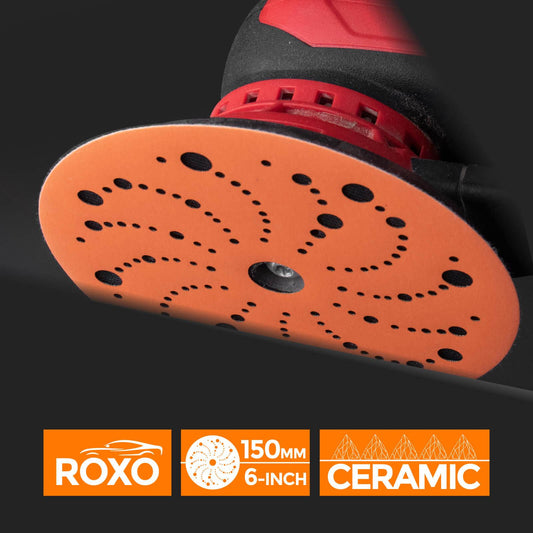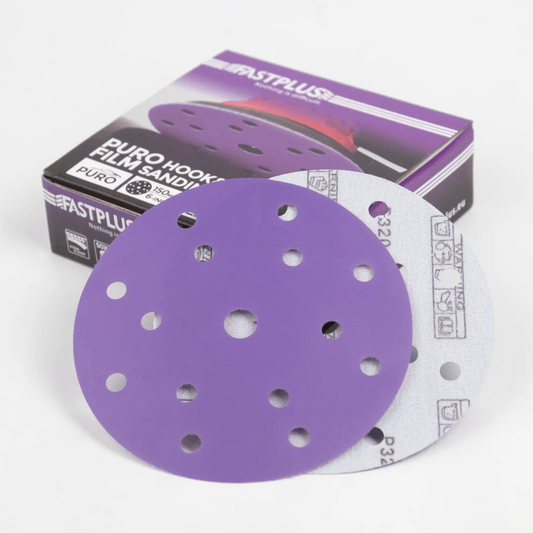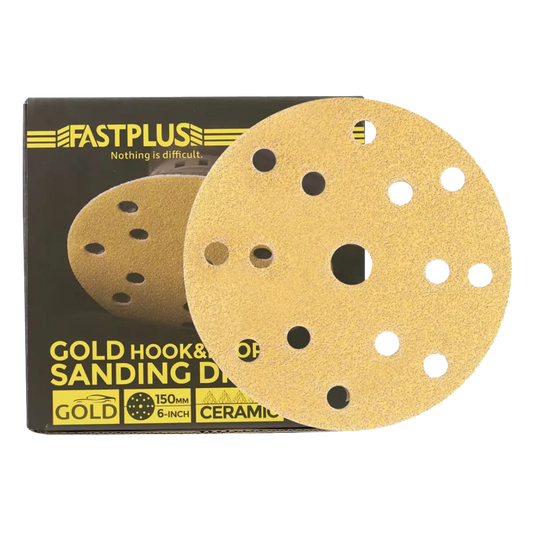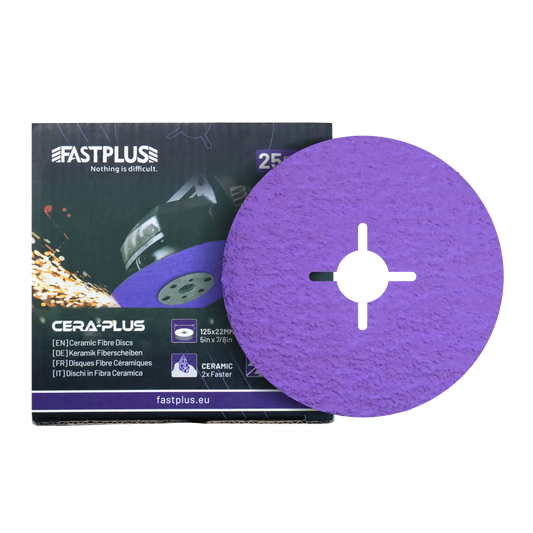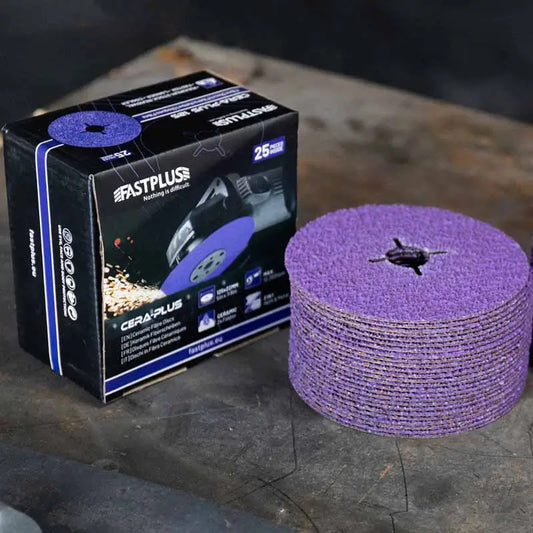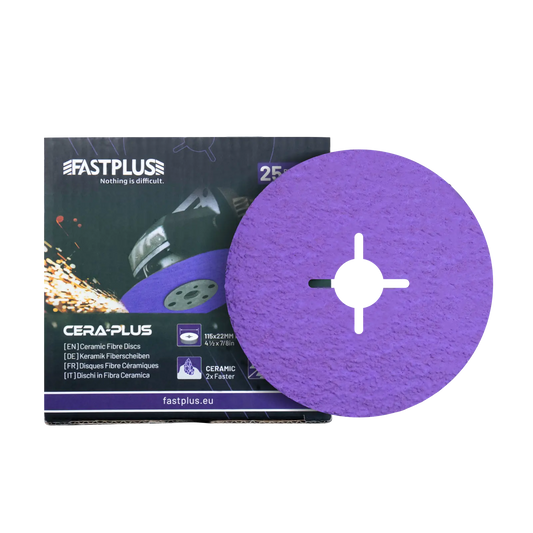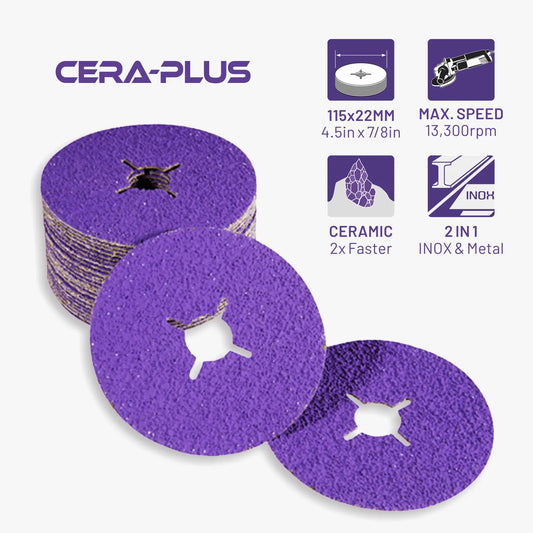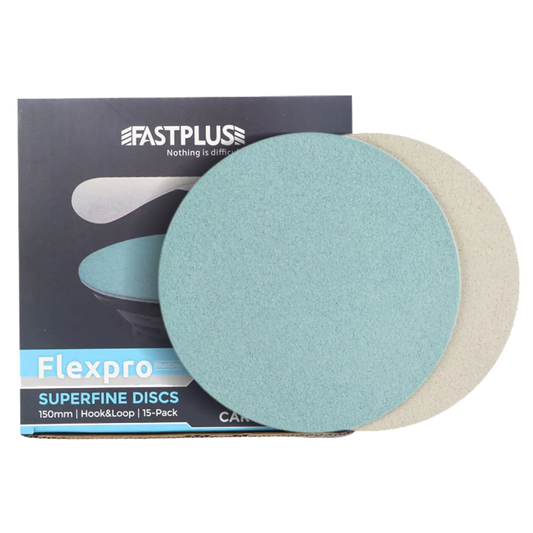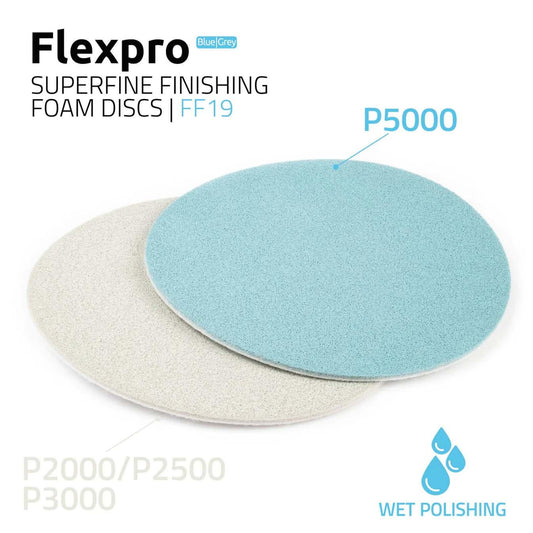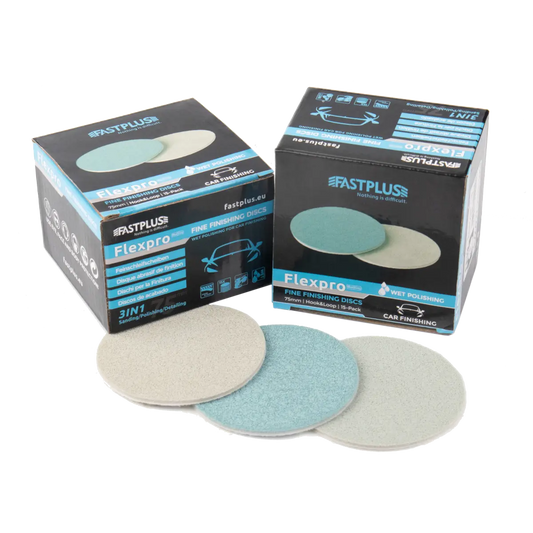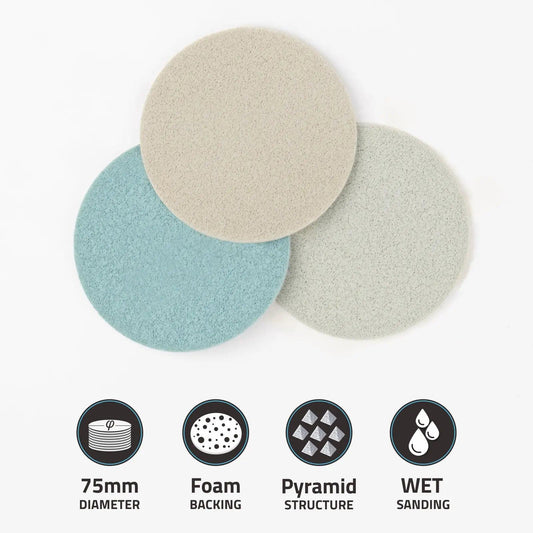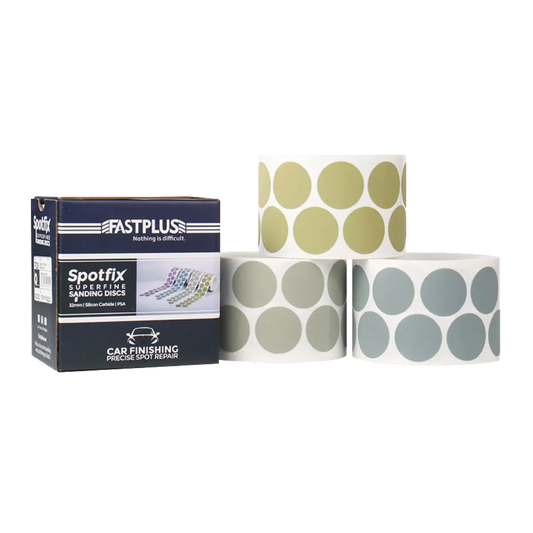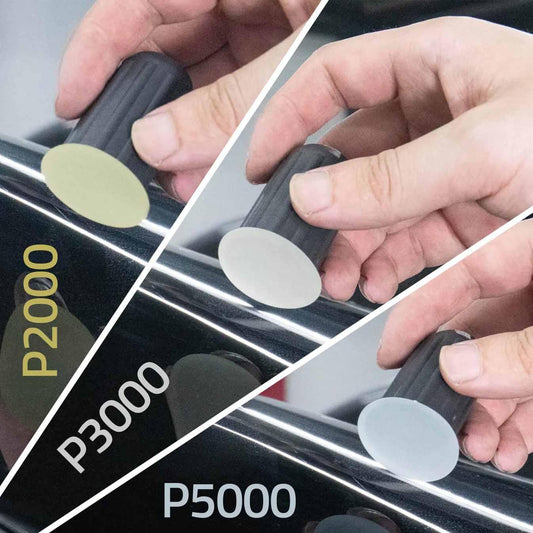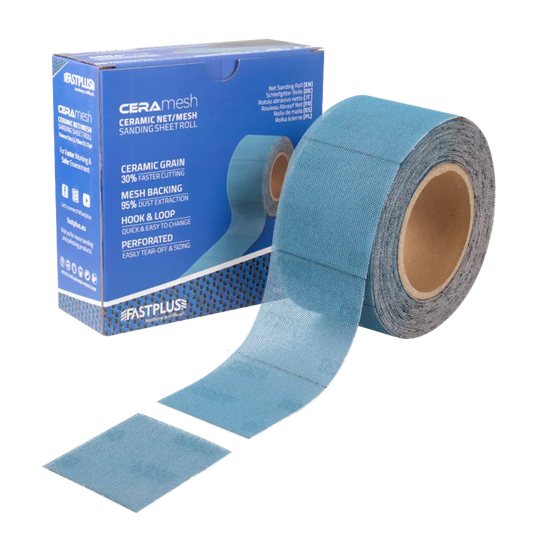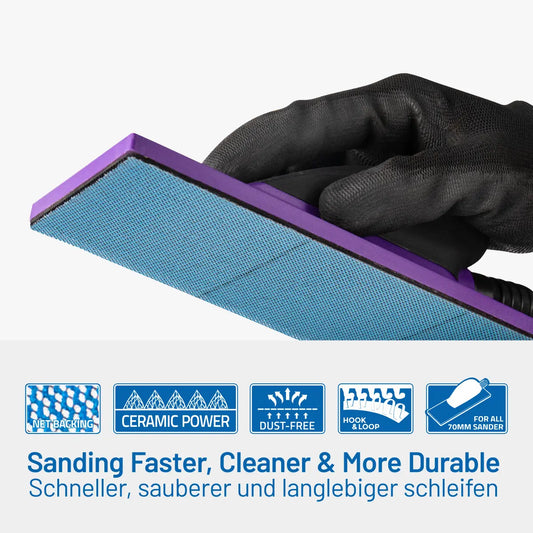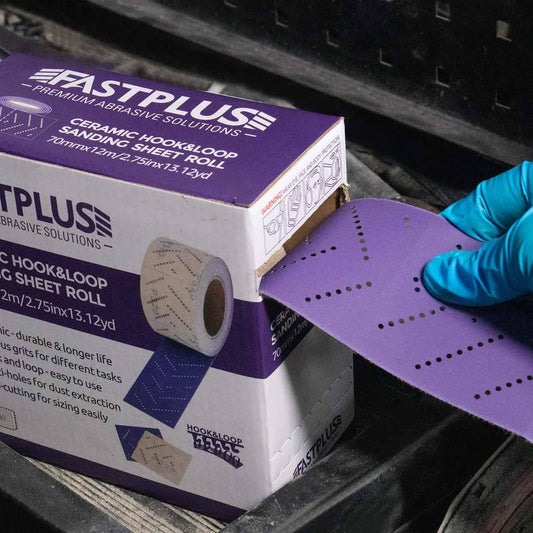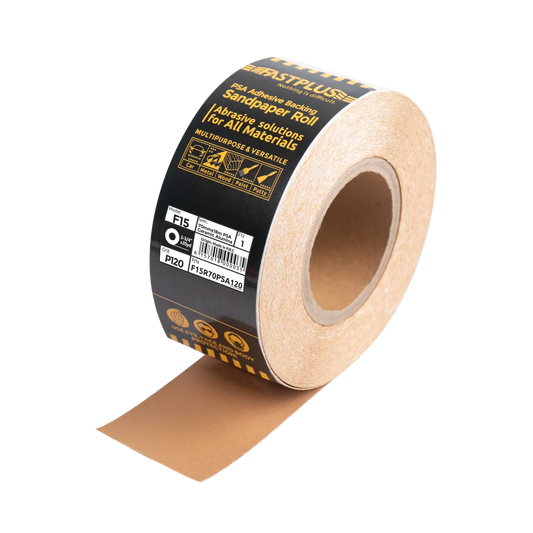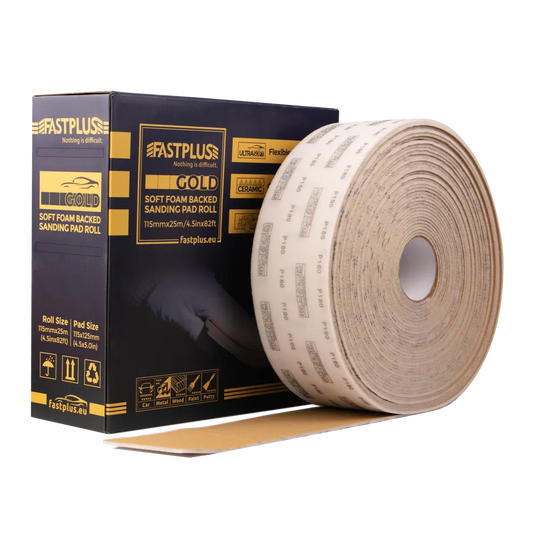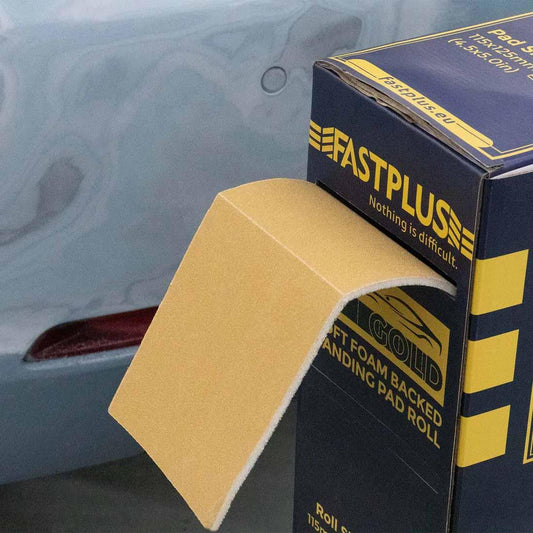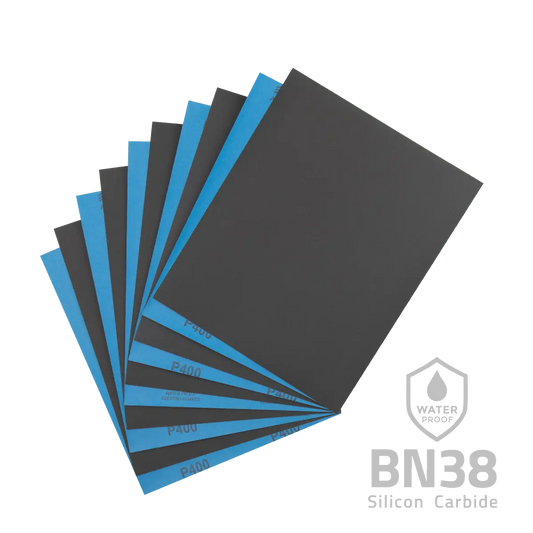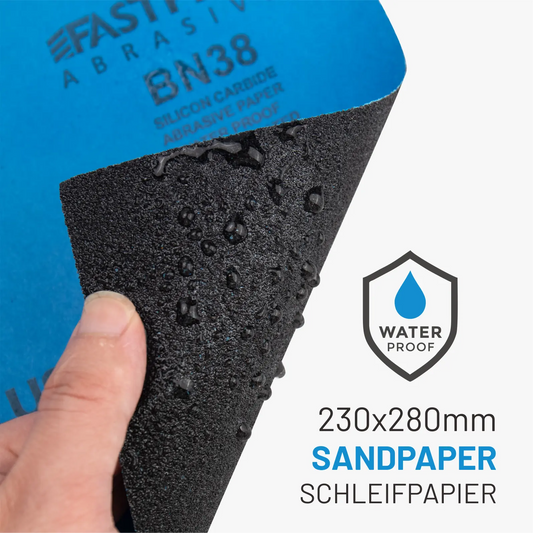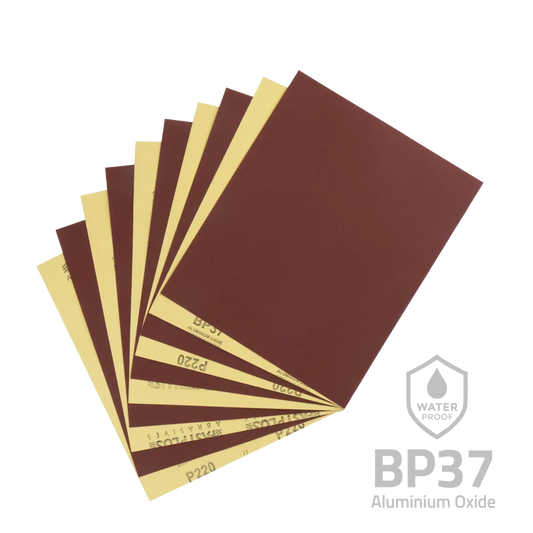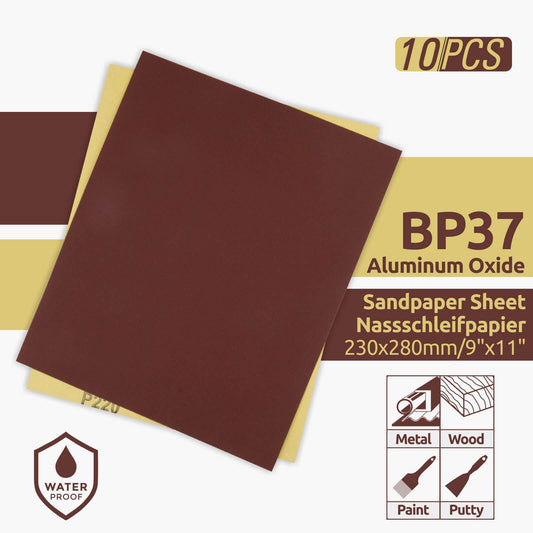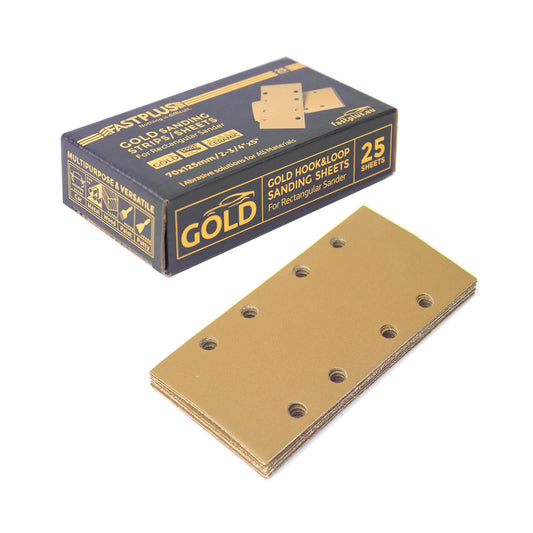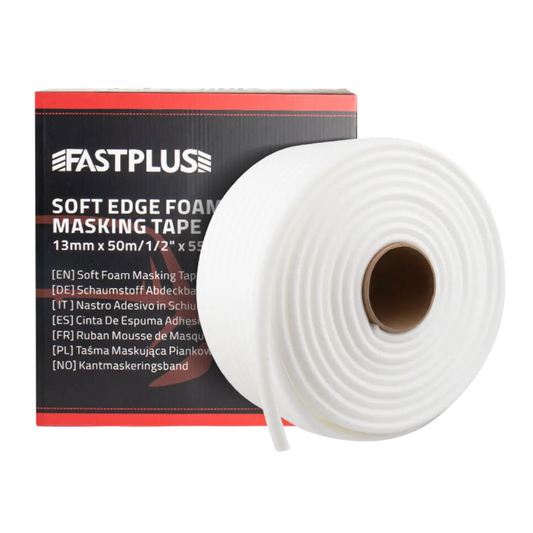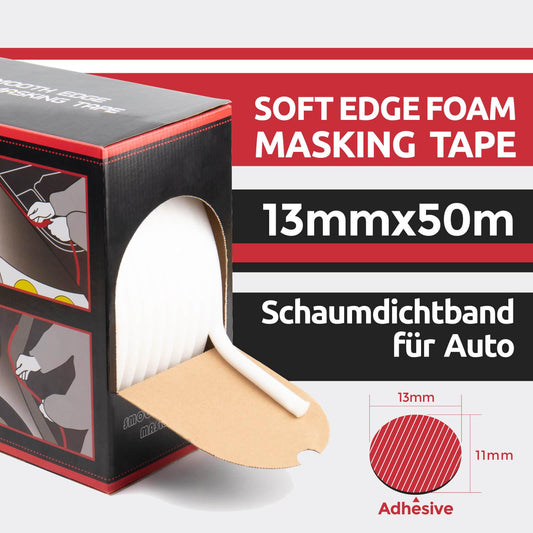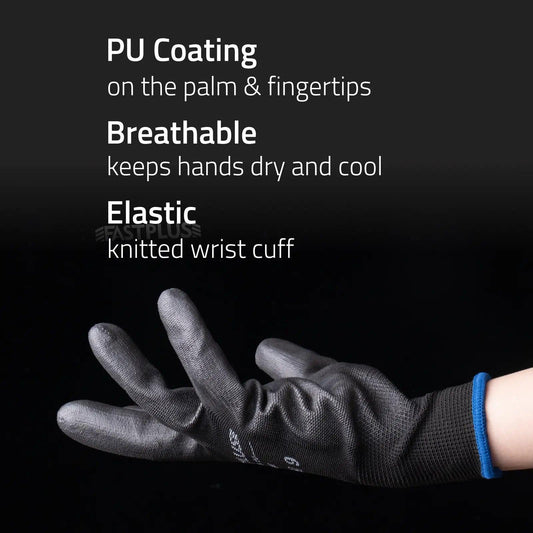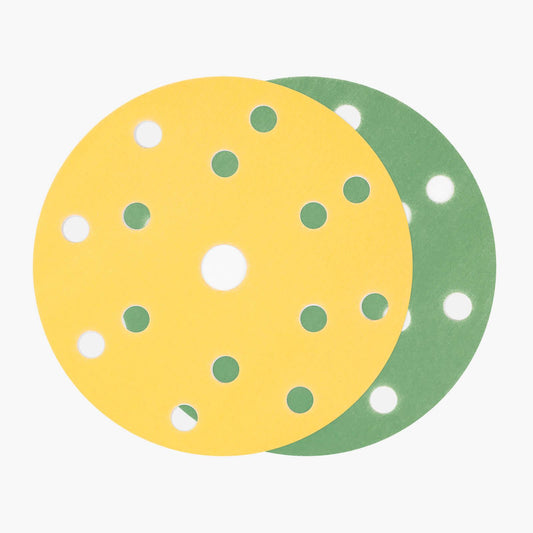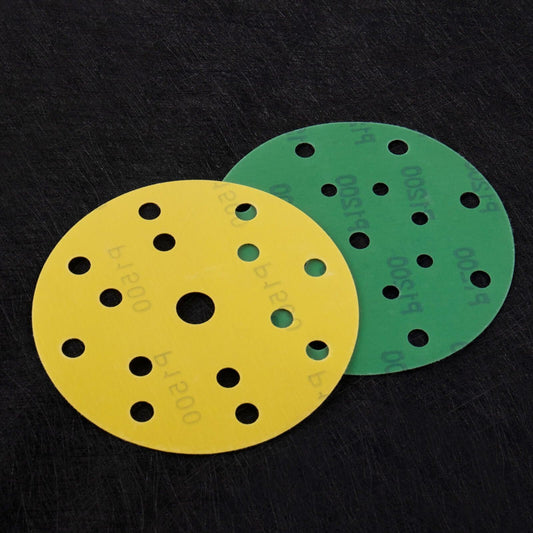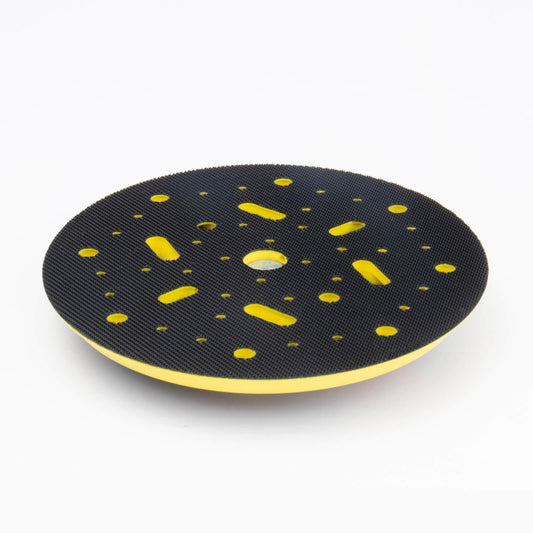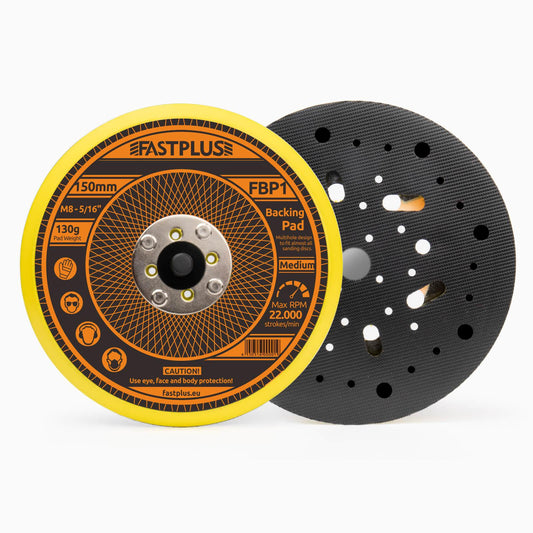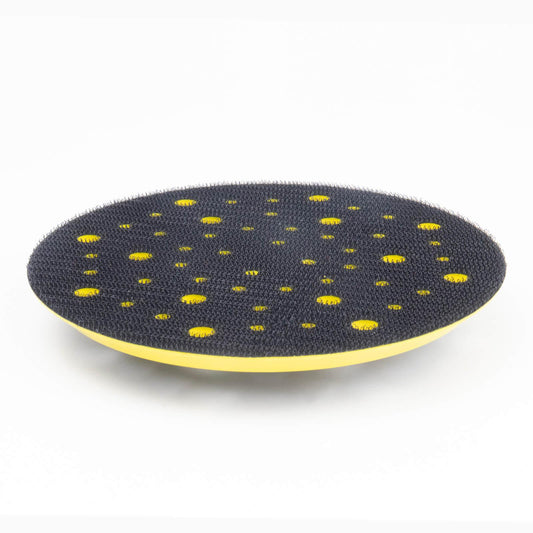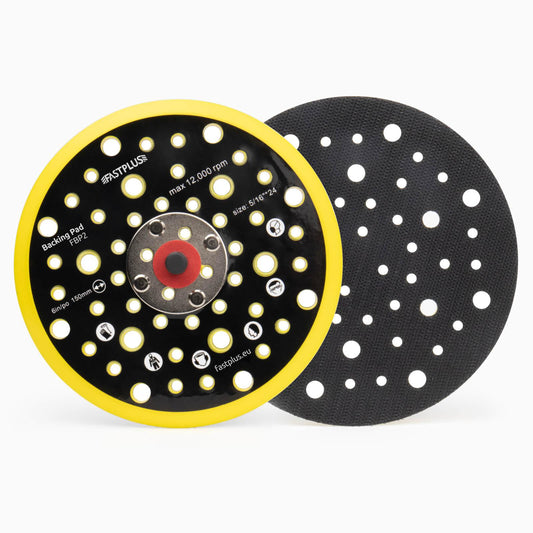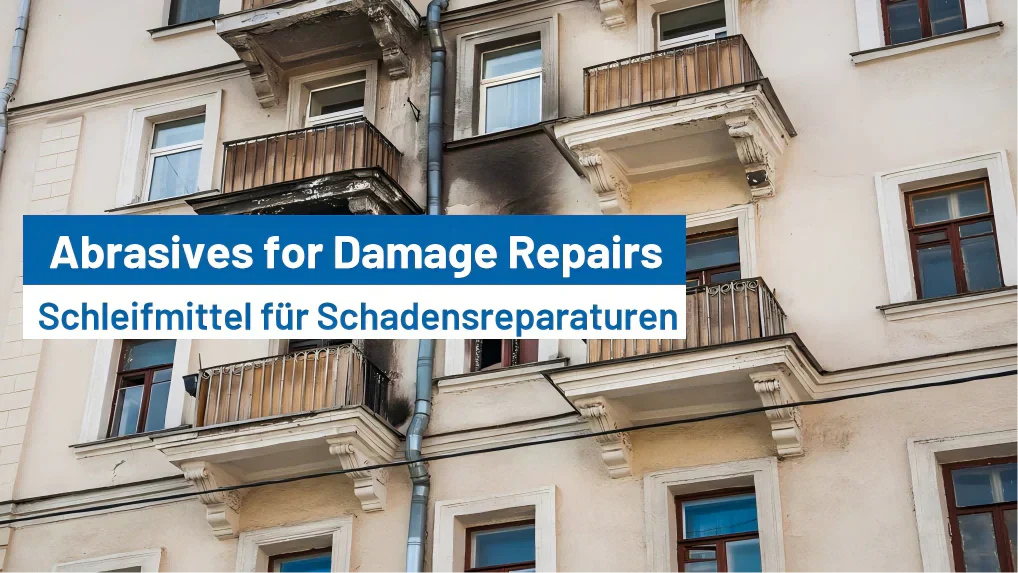
How to Use Abrasives for Fire, Water, and Storm Damage Repairs?
When disaster strikes—be it a house fire, flood, storm, or mold outbreak—restoration professionals step in to bring structure and safety back to chaos. Behind their success is not only experience and dedication but also the right set of tools. Among these tools, abrasives play a critical role in surface preparation, material removal, and refinishing.
Whether you're a restoration technician or a DIY warrior facing the aftermath of a catastrophe, this guide will walk you through the types of abrasives, their applications in fire, water, and disaster recovery, and how to choose the right abrasive tools to get the job done right.

Why Abrasives Matter in Restoration
Abrasives—materials used to wear away or clean surfaces through friction—are essential in removing damaged material, soot, stains, rust, corrosion, and mold. They help prepare surfaces for repainting, resealing, or refinishing, making them restoration-ready. The use of abrasives ensures surfaces are clean, even, and safe for further treatment or repair.
Types of Abrasives Used in Restoration
A. Sandpaper Sheets and Rolls
Commonly used for hand sanding and detail work, sandpaper sheets and rolls are versatile and available in a wide range of grits—from coarse (for stripping and removing tough debris) to fine (for finishing).
- Ideal for: Wood surfaces, drywall, furniture, moldings.
- Popular materials: Aluminum oxide, silicon carbide, zirconia.
B. Sanding Discs
Hook-and-loop or PSA-backed sanding discs are designed for use with orbital sanders or grinders. They're excellent for larger areas and professional cleanup jobs.
- Ideal for: Floors, walls, decks, metal surfaces.
- Popular types: Ceramic sanding discs, aluminum oxide discs, mesh sanding discs (great for dust extraction).
C. Fiber Discs and Flap Discs
Used with angle grinders, these discs are perfect for removing rust, charring, or heavy grime from metal, concrete, or hardwood surfaces.
- Ideal for: Charred beams, steel reinforcements, corroded pipes.
- Best for: Aggressive removal and reshaping.
D. Stripping and Cleaning Discs
Made of non-woven abrasive materials, stripping discs remove paint, soot, mold, adhesives, and char without gouging the surface.
- Ideal for: Mold remediation, fire damage cleanup, restoring wood and masonry.
E. Abrasive Mesh Discs
These are designed with open-mesh structures that allow dust and debris to pass through, improving efficiency during large-scale sanding tasks.
- Ideal for: Drywall sanding after water damage, prepping surfaces for painting.
Fire Damage Restoration and Abrasives
After a fire, you'll encounter soot, smoke residue, charred materials, and lingering odors. The goal of fire restoration is to eliminate these traces and restore structural and aesthetic integrity.
Key Abrasive Applications:
- Char removal from wood beams: Use a coarse flap disc or fiber disc to remove burned surfaces down to clean wood.
- Soot removal from brick or stone: Non-woven stripping discs can lift soot without damaging the substrate.
- Paint stripping from metal doors or frames: Use ceramic or zirconia sanding discs for effective paint and rust removal.
- Drywall restoration: Fine-grit sandpaper or sanding mesh discs prepare the surface for repainting or patching.

Safety Tip:
Always use respirators and proper PPE when working on fire-damaged structures, especially when removing soot and char, which can contain toxic residues.
Water Damage and Mold Remediation
Water damage results in warping, delamination, rust, and worst of all, mold growth. Mold remediation requires precision to remove contaminated material without spreading spores.
Key Abrasive Applications:
- Sanding water-damaged wood: Start with medium-grit sandpaper to remove stains and level the surface.
- Mold removal from wood: Non-woven stripping discs or abrasive pads clean moldy surfaces effectively.
- Rust removal from metal: Flap discs or fiber discs clean up corroded metal pipes, supports, or fittings.
- Drywall sanding: Use fine mesh sanding discs with dust extraction to remove stains without making a mess.
Restoration Tip:
Avoid using overly aggressive abrasives on mold-prone areas. The goal is to clean, not damage. In some cases, encapsulating agents are applied post-sanding to seal the surface.
Storm, Wind, and Impact Damage Cleanup
Natural disasters such as hurricanes and tornadoes often leave behind a trail of destruction. Abrasives help in the removal of debris, paint, coatings, and surface preparation for reconstruction.

Key Abrasive Applications:
- Removing damaged paint/coatings: Use high-performance sanding discs or flap discs.
- Leveling jagged wood edges: Sandpaper rolls or discs help smooth down splintered wood.
- Surface prep before repainting: Sanding mesh discs and sandpaper sheets prepare walls and trim.
Choosing the Right Abrasive for the Job
The effectiveness of your restoration work depends on using the correct abrasive. Consider the material, damage level, and desired finish.
Match by Task:
| Task | Best Abrasive Type | Recommended Grit |
|---|---|---|
| Charred wood removal | Flap disc | 40–60 |
| Mold cleaning | Non-woven disc | Coarse |
| Rust removal | Fiber disc | 36–60 |
| Drywall sanding | Mesh disc | 120–220 |
| Furniture refinishing | Sandpaper sheet | 80–220 |
Match by Material:
- Wood: Sandpaper, flap discs, stripping discs.
- Metal: Fiber discs, ceramic sanding discs.
- Concrete/Brick: Non-woven cleaning discs, diamond abrasives for tougher surfaces.
6. Power Tools That Enhance Abrasive Efficiency
Restoration professionals often rely on power tools to maximize the efficiency of abrasive products.
Common Tools:
- Random orbital sanders: Best for general-purpose sanding with discs.
- Angle grinders: Ideal for fiber, flap, and stripping discs in heavy-duty cleanup.
- Detail sanders: Great for corners, edges, and intricate work.
- Drywall sanders with vacuum attachment: A must-have for large water-damage restoration.
Always ensure compatibility between the abrasive and the tool—backing size, RPM ratings, and safety standards must align.
Dust Control and Safety Considerations
Abrasive work during restoration creates dust, debris, and airborne contaminants. Choosing the right abrasives and techniques improves site cleanliness and air quality.
Tips for Safer Work:
- Use dust-free mesh discs or vacuum-assisted sanding systems.
- Wear respirators, gloves, and goggles.
- Avoid dry sanding mold without containment and filtration.
- Opt for wet sanding when possible to reduce dust, especially on drywall.
Disaster Cleanup Case Study: Post-Fire Restoration
Imagine a residential fire where smoke damage has affected all rooms and charred beams are exposed in the attic. Here's how abrasives help in recovery:
- Initial Inspection: Identify materials to be removed or restored.
- Soot Removal: Use stripping discs to clean brick fireplaces and walls.
-
Wood Beam Recovery: Flap discs on an angle grinder remove the top charred layer, exposing healthy wood underneath.

- Metal Hardware: Fiber discs clean up blackened hinges and fixtures.
- Drywall Finishing: Mesh sanding discs prepare walls for repainting after sealants are applied.
Within days, the home transitions from damage to restoration-ready.
Sustainability and Disposal
After disaster cleanup, used abrasives should be disposed of properly—especially those that have been in contact with toxic materials like mold or lead paint.
- Used abrasives: Collect and bag separately; avoid mixing with general waste.
- Contaminated material: Follow local hazardous waste disposal regulations.
Choosing long-lasting abrasives, like ceramic or premium zirconia discs, can also help reduce waste in large-scale projects.
Final Thoughts
In the world of fire, water, and disaster restoration, being Restoration Ready means having the right tools at your disposal—and abrasives are an essential part of that arsenal. From initial material removal to the final touches of surface prep, abrasive tools enable you to restore structure, safety, and aesthetics efficiently.
Whether you're a restoration contractor, building maintenance professional, or hands-on homeowner tackling a challenging cleanup job, understanding and selecting the right abrasives can make all the difference. Don’t let the dust settle—grab the right disc, sheet, or pad and bring that surface back to life.
